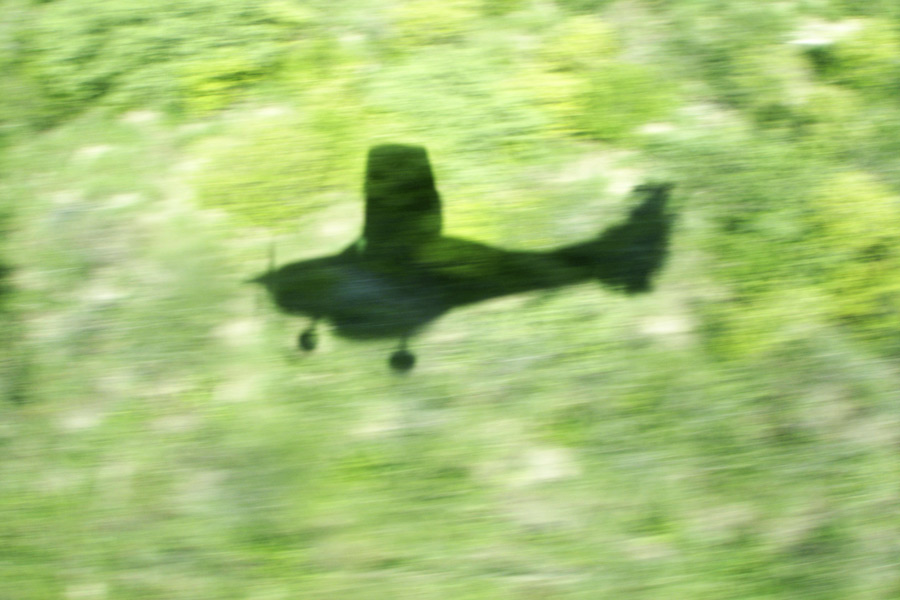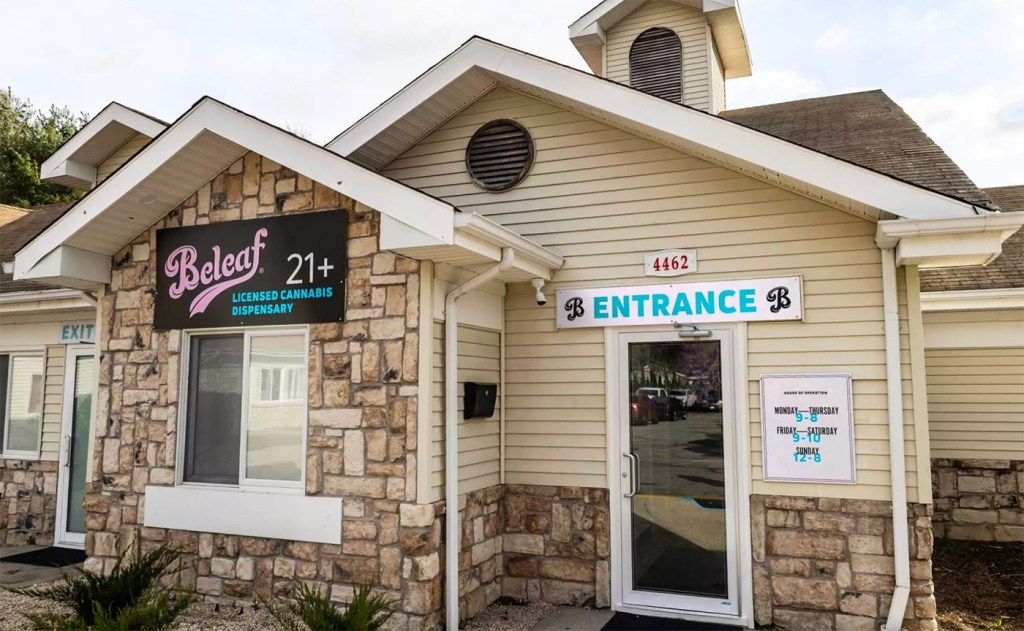East Hampton Airport: From Humble Beginnings to Noise and Controversy

The East Hampton Airport has been in the news recently. The rich come out to the Hamptons from New York in their helicopters, the people down below complain to the FAA about the noise they make, the FAA doesn’t do anything meaningful to control it, and days continue to pass without any resolution—except now the town is looking to kick out the FAA and make some rules themselves. The town actually does own the property and the business of running it. There are airports that run very successfully without the federal money that comes with using the FAA. I expect this one could, too. The rich will pay almost any price to land in the Hamptons. And this is the only airport here.
In these circumstances, I thought it might be a good idea to write a history of this airport and, before it came into existence, the various odd places that planes used to land.
In the early days of aviation, when there were only slow moving biplane, fliers took off and landed in fields wherever a field was flat enough and mowed enough to do so. The biplanes were charming. They made an interesting buzzing sound. People welcomed these fliers, and considered them adventurers. Here on the East End, the flat-mowed areas were mostly farm fields. The fliers made maps showing where they were. At one point, around 1920, the federal government asked that everyone with or without a field help out. If you had a barn or home with a shingled roof, re-roof the place and, with different colored shingles, spell out in big letters your location. For a long time, until aircraft navigation came into common use, fliers would find their way around by looking down at the rooftops and compare what they read with the maps they were carrying. One such roof out here still remains with a name atop it from that era. A photograph accompanies this article with it. It’s located off Scuttle Hole Road in Bridgehampton.
In 1927, Charles Lindbergh, a young man in his mid-20s, took off from an airstrip in Roosevelt Field, Long Island and flew to Paris alone. This made him a hero around the world and made Long Island the home of aviation experimentation as young men from all around here tried to emulate his success. In the 1930s, many airstrips in rural areas became paved and formally operational. East Hampton was one of them. It needed a “terminal.”
Improvements came by donation, mostly from the aviators themselves or farmers in the area, many of whom flew biplanes from farm field to farm field in the northeast, often arriving at a friend’s farm unannounced. Telephones to call ahead were not in common use then. Drinks and a picnic would celebrate these occasions.
The young millionaire Howard Hughes was one of those who arrived unannounced. People recall his coming out here in a yellow seaplane to land in Georgica Pond to visit a farm girl he was courting. The farm fronted the pond. He’d arrive with flowers, and before disembarking he’d take the local kids up for a spin or two.
The first building to act as the airport terminal in East Hampton was a former World War I barracks that was towed into town from Camp Upton, an army training camp in Brookhaven. When the war ended, in 1918, the army graciously offered, for a dollar, one barracks building to any returning soldier who had trained there. All he had to do was tow it away, something often done by mules.
When I graduated college I lived in one of those barracks buildings. It was in the Georgica section of East Hampton and, according to an elderly neighbor I met across a split-rail fence, had been towed here by a handsome young man named Lieutenant Keeler. Shortly after moving in, among the junk in the attic, I found souvenirs from the liberation of Paris and silver trophies inscribed to him for his accomplishments in a Manhattan dancehall called Danceland for First Place in the Charleston contest for 1923 and 1924 (I also bought this house for $9,250, but that’s another story).
Another barracks building was at the East Hampton Airport. I recognized it as soon as I saw it in the late 1950s. It was 12 feet by 24 feet, just like mine. But that was not all. Attached to this barracks to enlarge it was an even smaller building, which on inquiring I learned had been a chicken coop, towed over by a local farmer. It was in this chicken coop—cleaned up—that people sat on torn sofas, waiting for the planes.
Around 1962, a new building was constructed, 10 feet away from the barracks–chicken coop affair. It was a three-story-tall wood-shingled control tower, 10 feet on a side, that had a spiral staircase inside. Way up top on the third floor there were four picture windows where officials with electronic equipment were supposed to sit to talk over the radio to the pilots coming and going. Unfortunately, these picture windows, large as they were, did not have the ability to open and close. And there was neither heat nor air conditioning. Thus, broiling in the summertime when most needed, it was unusable. This structure stood empty in the 1960s and for more than a generation after that, right up to 1989, when it was decided that something needed to be done about the airport facility—such as maybe bulldoze it down and build a new one.
By 1989, the East Hampton Airport had become a very busy place. And fashionable, too. The rich had discovered the Hamptons. Many Learjets and Cessnas were parked by this crazy shack arrangement. And fancy, high-fashion women often were seen in the waiting room. These people considered the old tumbledown terminal charming.
A few years earlier, in 1982, two competing charter airlines that had counters in East Hampton Airport began scheduled flights to LaGuardia (at the Marine Terminal), to Teterboro in New Jersey, and to Westchester in Westchester. They were East Hampton Air, and Montauk-Caribbean Airways, run by Robert King, who was the principal shareholder at WLNG radio station. You could fly to LaGuardia for about $75 each way in these twin-engine eight-passenger Cessnas, and you could choose from the schedules of each of these airlines. This was quite a bargain.
My wife and I took those flights with some frequency, either together or singly. One time, my wife was flying into the city, and the pilot and co-pilot, who you could see up front, were told to circle above the skyscrapers of Manhattan (a beautiful scene) while waiting for landing instructions at LaGuardia. After 20 minutes of this, a female passenger in the back unhooked her seatbelt, marched up the aisle and loudly asked the two pilots how much longer this would be going on because she had a very important meeting she had to attend. The pilots could not hear her at first—they wore headphones, but when they noticed her they politely told her to return to her seat immediately, which, after more badgering without any effect, she did by stomping back to her seat.
In the third year of this price war, the two airlines were joined by a third competitor, Donald Trump, who formed Trump Air with a group of black helicopters that took people in and out from New York in under an hour, and not to some remote airport but to a helicopter pad at 33rd Street and the East River.
The next year—the second for Trump and the fifth for Montauk-Caribbean and East Hampton—this whole overheated price war came to an end. All three had lost money, and all three airlines abandoned scheduled flights. There have been none since.
In 1989, East Hampton town set aside $400,000 to build a larger, 4,000-square-foot airport terminal. They were persuaded to invite architects to design it in an architectural competition sponsored by local organization Beaux Arch ’89. Specifications were sent out to architectural firms everywhere. The entries rolled in. The facility would have a lounge for passengers, a baggage area, airline booths and airport manager’s offices. There would also be a small snack bar and an observation deck.
To everyone’s surprise, entries came in from all over the world. The judges met, and they selected a very controversial entry as a winner, something with a Moroccan feel to it, a flat roof and high windows to open out to allow circulation from the broiling Moroccan sun. Although the town was obliged to build it by the rules they had set up for the competition, they refused. Instead, the town placed a model of it in the window of the Village Hardware Store on Newtown Lane and held a referendum about it. The townspeople would decide. Proponents of the building, mostly from the art world, said that if East Hampton broke its promise and turned it down, the international art community would never again hold a competition here. Surely they would be right about that. Nevertheless the townspeople voted thumbs down by a margin of two to one.
A lawsuit followed. But in the end, because the proposed winner would cost more than $400,000 to build and more than 4,000 square feet in size, the town prevailed.
In 1994, with the lawsuit out of the way, East Hampton Town built a new terminal to more gentle specifications, and it is there now. It has a rotunda that is reminiscent of both the Marine Air Terminal in LaGuardia, a merry-go-round carousel, and all the other things needed (except for an observation deck and a small restaurant), and it does serve the community very well, although probably not with the panache of what had won that
competition earlier.
More and more planes come into and out of East Hampton Airport every year. Small ones do not make much noise, but the big jet planes thunder the neighborhood when they come in and out. Noisier still are the helicopters, which chatter away angrily as they come down from a height of what is supposed to be several thousand feet. And there are more and more helicopters. East Hampton is not only a town for the rich, it’s a town for the super-rich, and they easily afford the $1,500 to save themselves from the extra two hours of coming here by land.
New this year is “Blade,” an iPhone app that links empty helicopter seats up with those wishing to use them at a much reduced cost. With “Blade,” you go online to see what is what, and if there is an empty seat on a flight going out shortly, you can book it for as little as $450.
The future of the airport remains cloudy. I suspect that if the town takes over everything, they can charge landing fees far higher than those they do now. I suspect they can easily bankroll the operation of the airport from those rich folks who will only come out here in a chopper, regardless of what it costs.
And you thought the Hampton Jitney, with its attendants, snacks, drinks and reading matter was a class act, and that its Ambassador service—which in addition to the aforementioned provides onboard movies, red and white wine, captain’s chairs and sometimes gift bags—was the expensive way to go (cost is about $65). Well, the super-rich know how important two hours can be.
Whatever the future holds, I suspect it will not include chicken coops, army barracks, disastrous control tower follies, Howard Hughes or dirt runways. We’ll have to wait and see.




